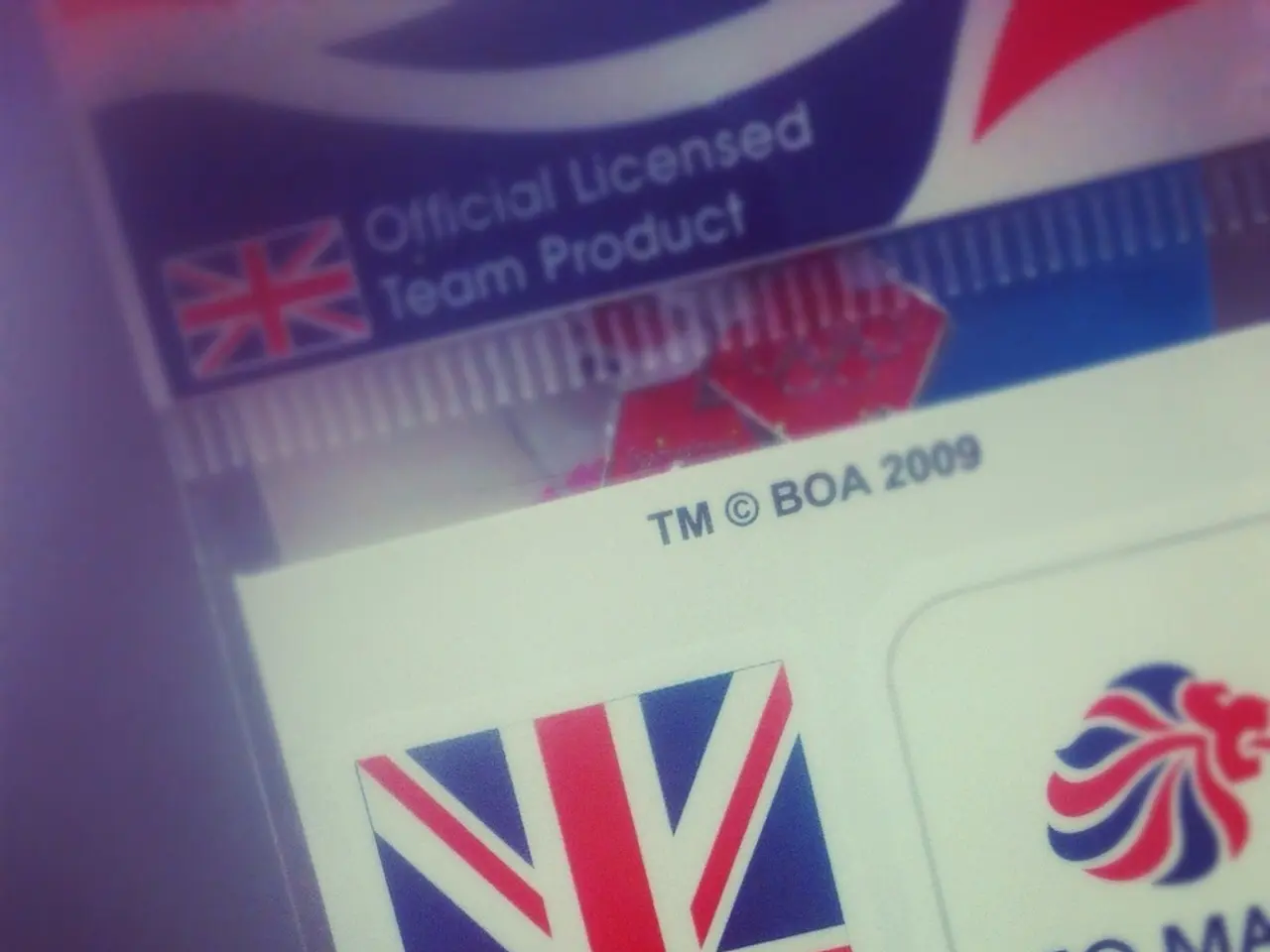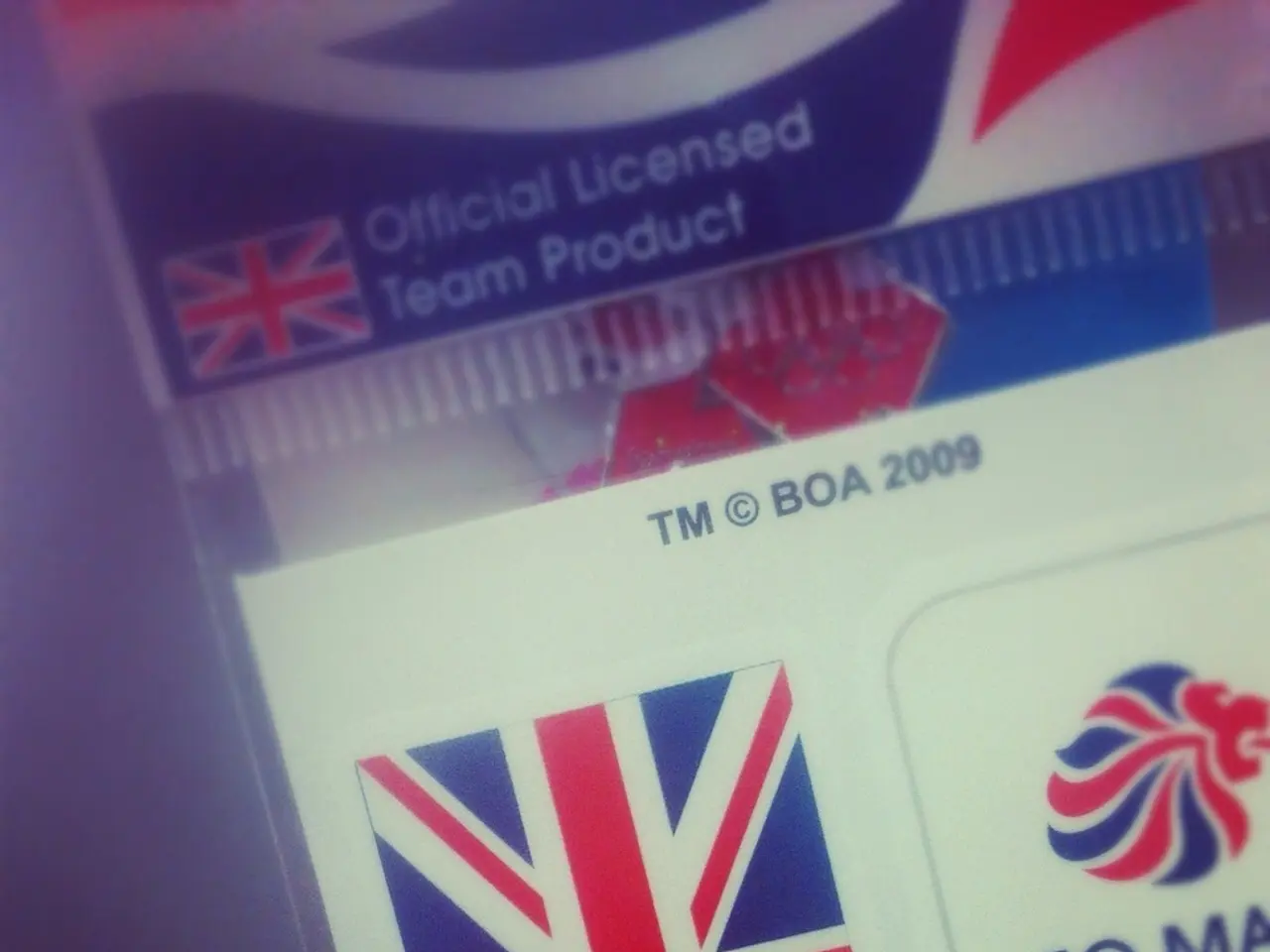Strategies for managing your income tax refund for optimal usage
Income Tax Refunds Distributed: Prioritize Debt Repayment or Build an Emergency Fund
Millions of taxpayers are set to receive their first batch of income tax refunds this Friday, totaling R$ 11 billion. With these funds, recipients have the opportunity to reduce debts, save, or make purchases. However, financial experts advise prioritizing debt repayment, particularly high-interest loans such as credit cards (which can reach an annual interest rate of 994.61%, according to May data from the Central Bank) and overdraft (which can reach 192.86% per year).
For those without debts, financial educators suggest saving the refunded amount to establish or boost an emergency reserve. This fund should be equivalent to three to six months of living expenses. An emergency fund serves as added security against unforeseen events, allowing individuals to avoid taking on high-interest loans.
Those who already possess an emergency fund may consider investing their refund to expand their medium- and long-term investments. However, financial experts emphasize the importance of aligning investment strategies with individual financial goals.
Those who have opted for an advance on their refund through a bank, financial institution, or credit operator will not receive the funds, as these institutions generally receive the refund instead. It is advisable to familiarize oneself with the terms and conditions of these contracts.
Four more income tax refund batches will be distributed between June and September, with payments scheduled for the last working day of each month.
For Debt-Holders Receiving Refunds
Individuals with debts who are receiving refunds should prioritize paying off high-interest loans to reduce their overall debt burden. Consider employing debt repayment strategies such as the avalanche method or snowball method for effective debt management. Creating a budget and exploring debt consolidation may also prove beneficial.
For Refund Recipients Without Debts
Those without debts may choose to save the refunded amount to establish or expand their emergency fund. If they already have an emergency fund, they might opt to invest the money in fixed-income securities, investment funds, or other assets with long redemption periods, depending on their financial profile.
For Those Receiving an Advance on Their Refund
Taxpayers who have taken an advance on their refund should be aware that the amount will go directly to the institution providing the advance. Ensure you understand the terms and conditions of the loan contract, particularly the due date, to avoid additional charges or penalties.
Debt-holders receiving refunds should prioritize paying off high-interest loans, such as credit cards and overdraft, to lower their debt burden, and consider using debt repayment strategies like the avalanche or snowball method, as well as budgeting and potential debt consolidation.
Refund recipients without debts might consider saving the refunded amount to establish or grow their emergency fund, or if they already have an emergency fund, use the money to invest in fixed-income securities, investment funds, or other assets with long redemption periods, based on their financial profile.




